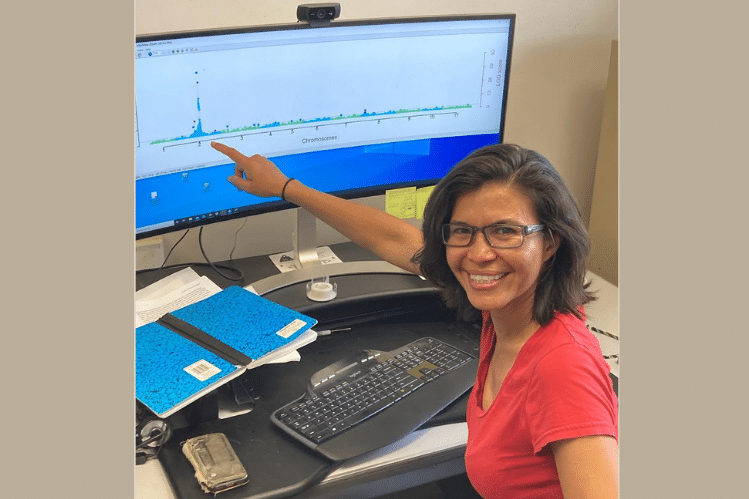On June 5, the USDA Agricultural Research Service (ARS) and Washington State University scientists announced the creation of a web app called BRIDGEcereal that can “quickly and accurately analyze the vast amount of genomic data now available for cereal crops and organize the material into intuitive charts that identify patterns locating genes of interest,” according to a release.
With genomics advancing rapidly in the past 25 years and the discovery of the pan-genome — the assembled genome sequences from multiple varieties within a species — researchers faced the challenge of the large amount of data generated when enhancing and understanding crops.
As an example, the standard reference wheat genome is five times larger than the human genome. The release says because of that, “researchers have long struggled with the wide variation in the locations of genes that control essential agronomic traits across wheat’s 21 chromosomes.”
The BRIDGEcereal app is designed to transform the process of identifying large DNA variations from tedious to efficient.
“By simply providing BRIDGEcereal with the sequence of DNA you are interested in, it will complete the search process in less than one minute,” explained ARS research biologist Xianran Li, leader of the BRIDGEcereal project. Li is with the ARS Wheat Health, Genetics, and Quality Research Unit in Pullman, Washington.
“And BRIDGEcereal will organize the data it finds and present it to you in easily understood charts that highlight any patterns of where that DNA is,” Li added. “By searching dozens of potential genes through BRIDGEcereal, we were able to quickly identify a gene with a large DNA variation as the one that has been eluding researchers.”
In addition, the researchers also designed the app to be self-teaching, which means BRIDGEcereal can autonomously learn to recognize new patterns without the need of explicit instructions.
“So, what we’ve developed is a one-stop gateway to efficiently mine publicly accessible cereal pan-genomes that will only get more efficient as the data continues to mount up,” Li said.













